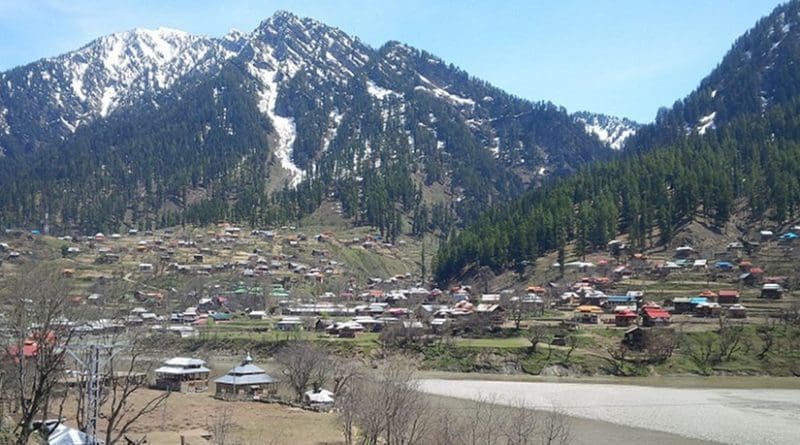Kashmir: Can An Attack Be Turned Into Opportunity? – Analysis
By Brij Bhardwaj*
The ghastly attack on a bus carrying Hindu pilgrims in Kashmir on July 11 may be a turning point if the state government and the union government seize the opportunity to open channels of dialogue with moderate leaders and civil society. Civil society and Kashmiri leaders of political parties, including the “separatist” Hurriyat Conference, come out unanimously to condemn the terrorist attack on pilgrims. This has clearly shown that “Kashmiriyat” (composite culture of Kashmir) is not dead and many in Kashmir want to continue traditions by which different communities have lived cheek by jowl in complete harmony.
The Amarnath cave, in which the icon (an ice stalagmite) of Lord Shiva – one of the Hindu Trinity – resides, and pilgrimage to which is among life’s holiest missions for millions of Hindus, was discovered by a Muslim shepherd.
Thousands of pilgrims annually make the trek — called Amarnath Yatra –to the cave shrine located 3,888 metres above sea level and can be reached only by foot or ponyback along a 46 km steep mountain trail from Pahalgam, one of Kashmir’s picturesque tourist sites.
Descendants of the Muslim shepherd remain traditional custodians of the shrine along with two Hindu priests. This unique ensemble of faiths turned Amarnath into a symbol of Kashmir’s ancient composite culture and communal harmony.
To make the pilgrimage a success, hundreds of Kashmiri Muslims work as porters carrying pilgrims and their luggage on their backs and provide ponies. The pilgrimage is a joint effort by different communities and a fine example of harmony that has existed over centuries in Kashmir. Even militants have failed to disrupt this. The killing of a Muslim Indian Army officer on leave to attend the wedding of a cousin was condemned by the community, because locals have never earlier been the target of militants.
Families in Kashmir are closely linked and ties between those working for official agencies or some who take to militancy are not uncommon. This has occasionally helped militants have a change of heart and return to normal life.
The army officer’s murder was followed by the lynching of a Muslim police officer on duty in Jama Masjid, Kashmir’s largest mosque, over which Mirwaiz Farooq, leader of the Hurriyat Conference, presides. The Mirwaiz’s family has played an important role in Kashmir and has often changed sides. The granduncle of Mirwaiz (chief cleric) Farooq was deported to Pakistan by Sheikh Abdullah, first Chief Minister of Jammu & Kashmir, as he was opposed to ties with India. There was a change when Bakshi Ghulam Mohammad took over as Chief Minister.
He picked up the father of the present Mirwaiz, then a student in local college, and installed him as head priest of Jama Masjid. He was later killed by militants who shot him at his home because he was suspected to have started a dialogue with representatives of the Indian government.
An attack on Hindu pilgrims has always faced mass public disapproval in Kashmir. This time, too, no militant outfit has taken responsibility for the attack. Every militant organisation and political outfit has issued statements condemning it. According to the Indian Express, the late Hizbul Mujahideen ‘commander’ Burhan Wani had, last June, issued a video statement saying the Amarnath Yatra would never be attacked. Terrorists who attacked and killed seven pilgrims are seen in Kashmir to have a breached a red line. Kashmiri society is angered by it. Such actions do not have the approval of regular Kashmiris.
The current situation actually offers an opportunity which should be seized by the state and union government. They must realise that force is no solution to the Kashmir problem and a comprehensive dialogue is the only possible way forward.
*The author is a New Delhi-based political commentator. He can be contacted at [email protected]

